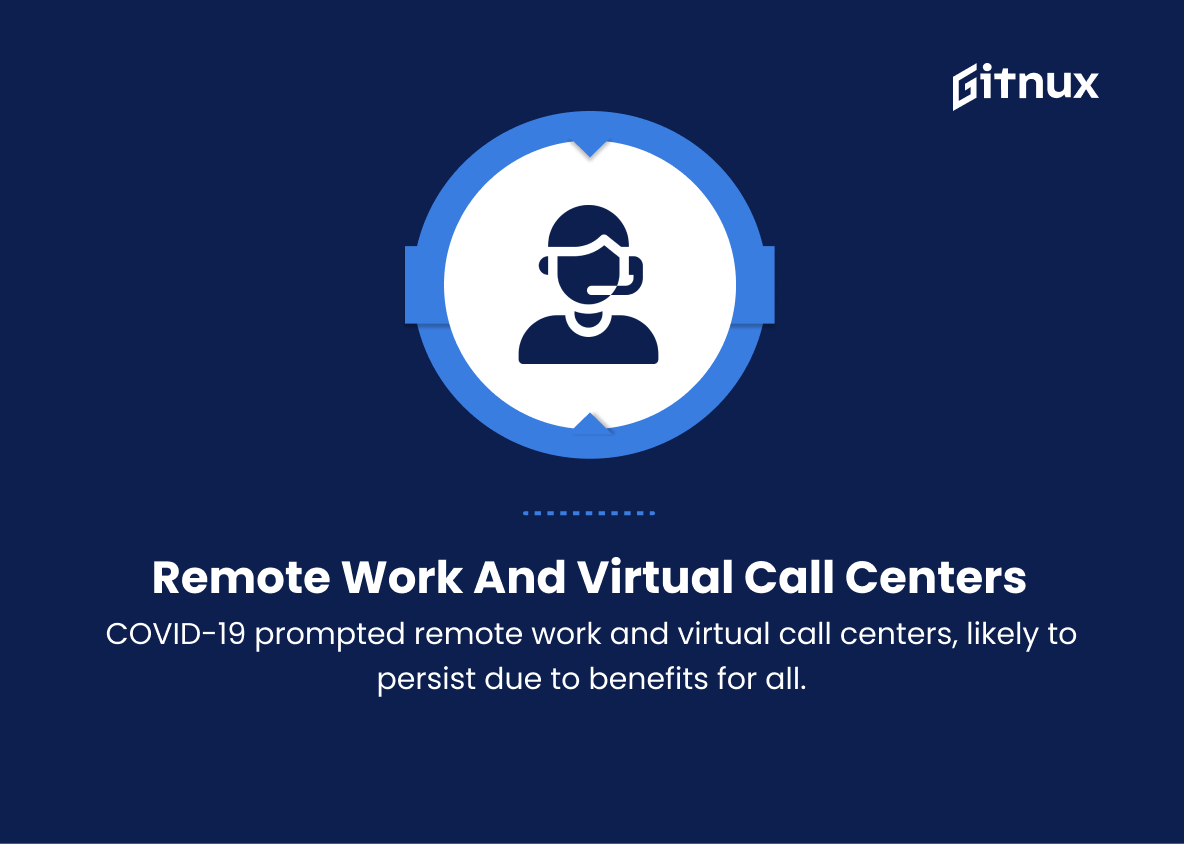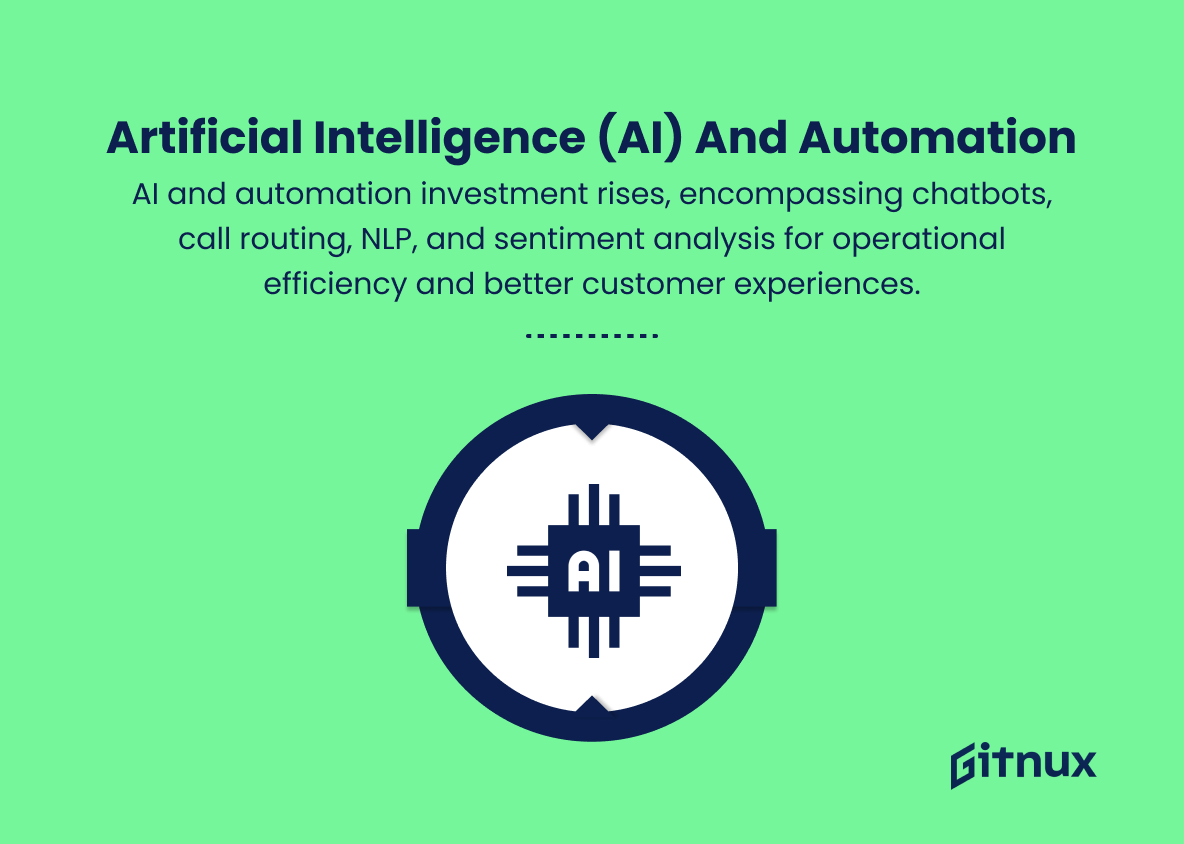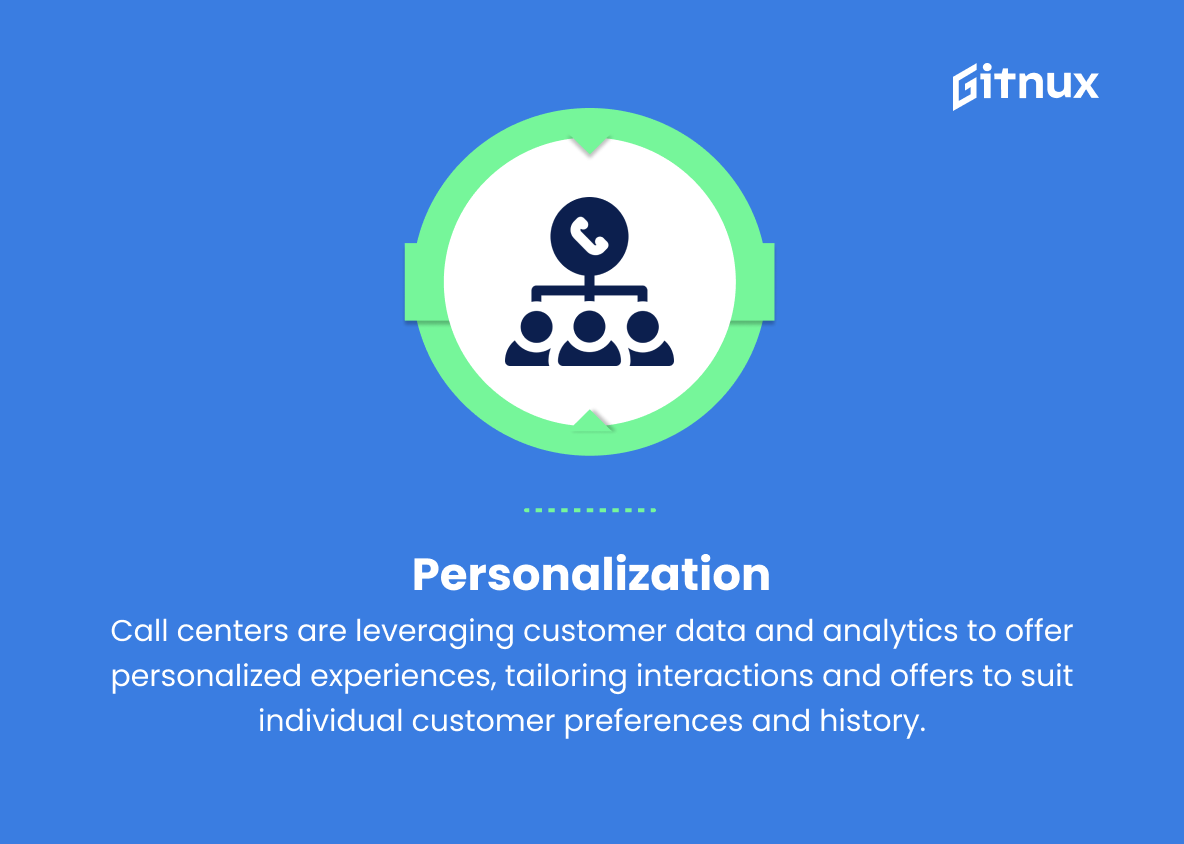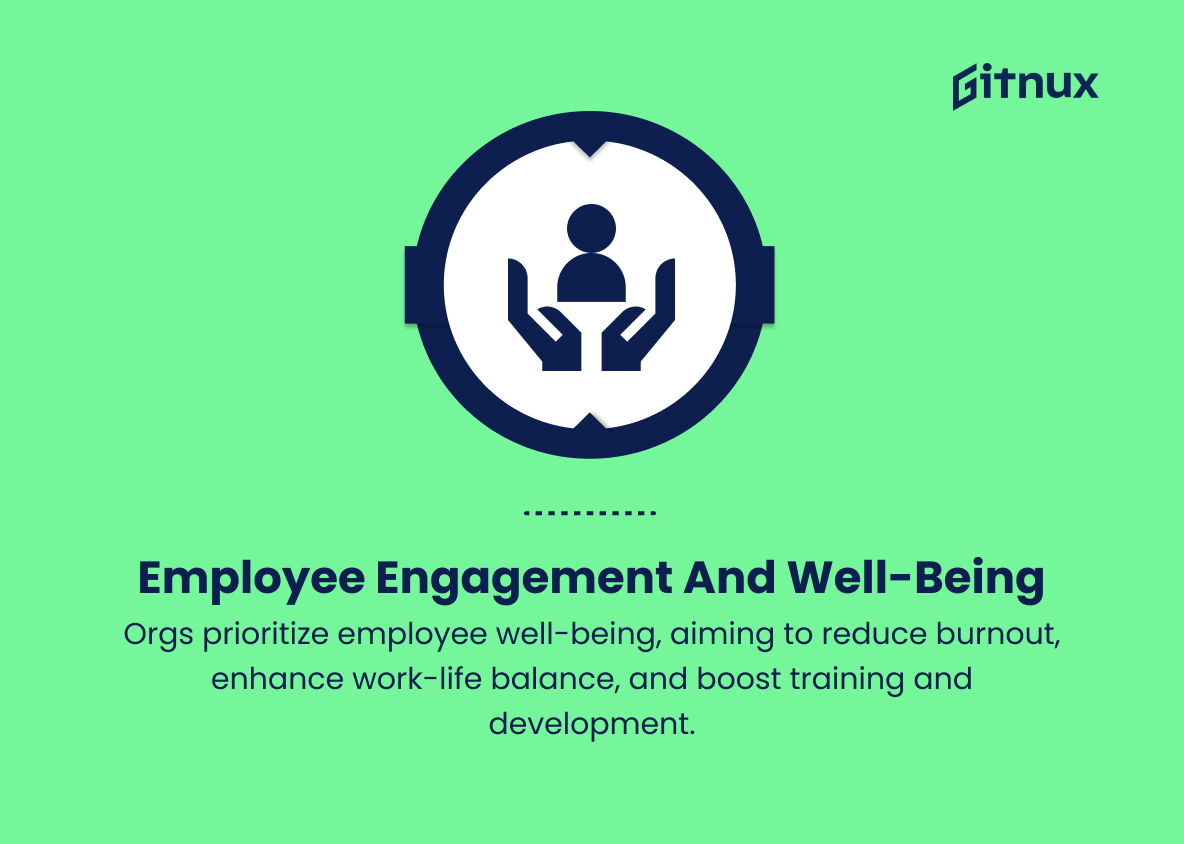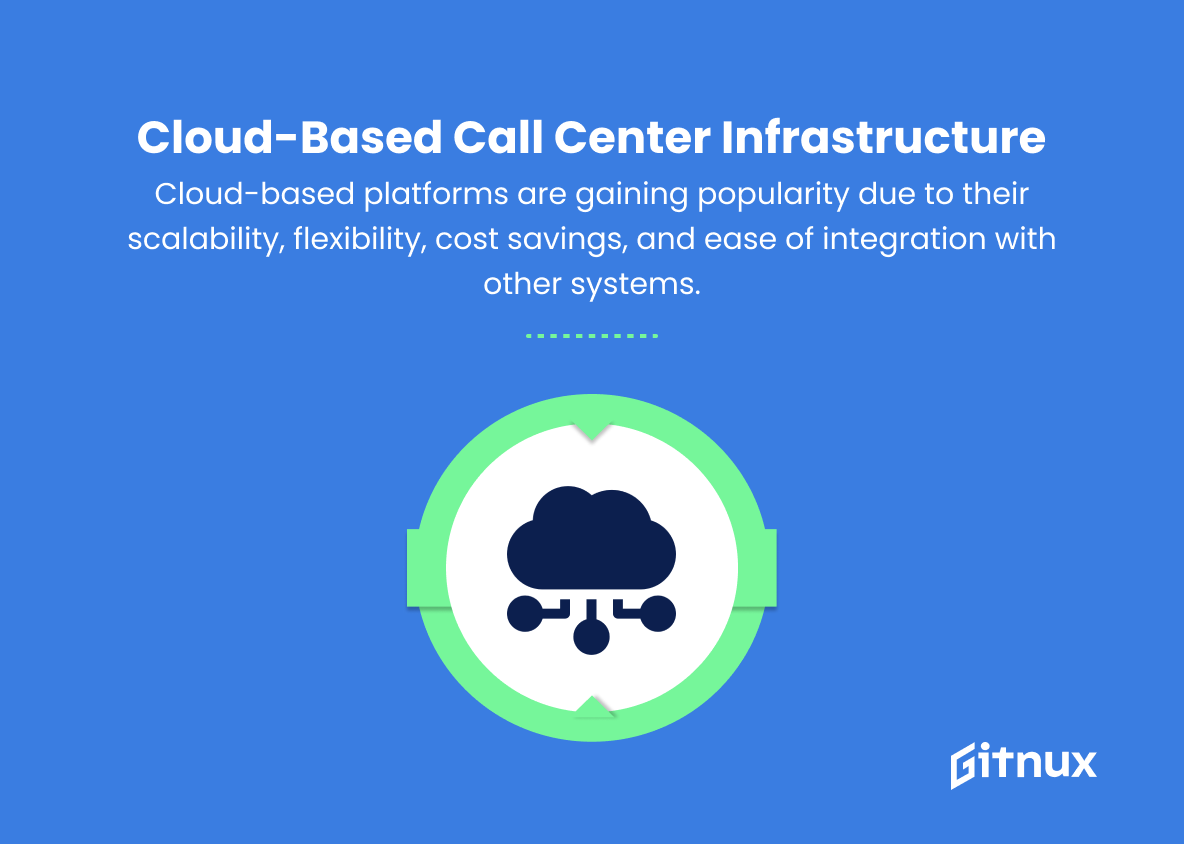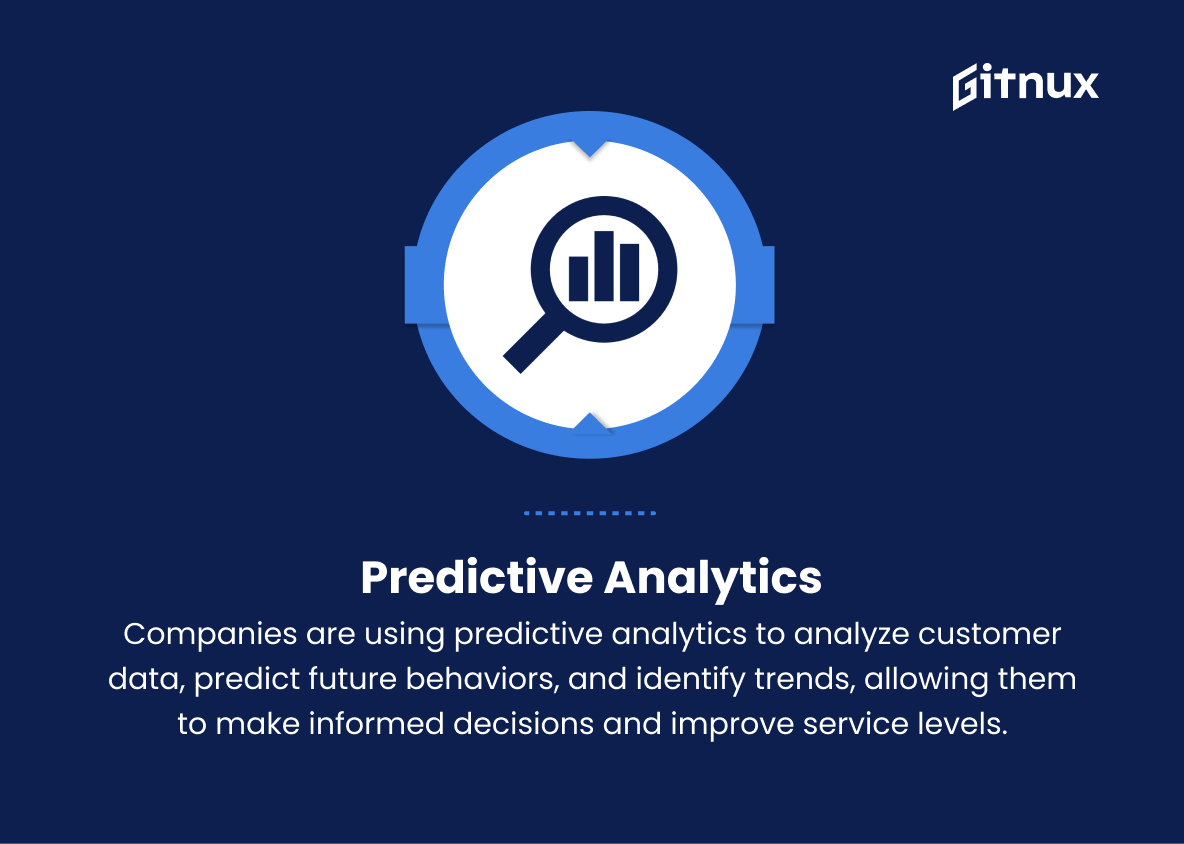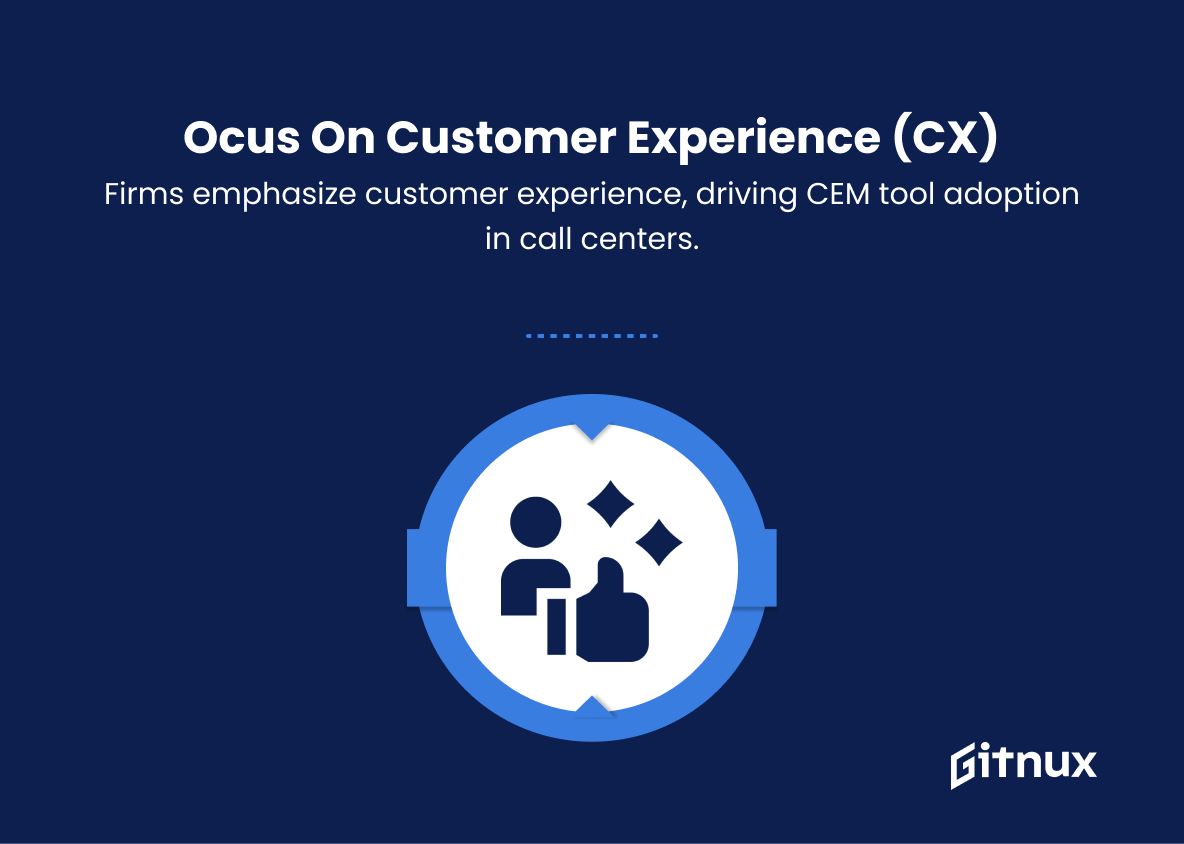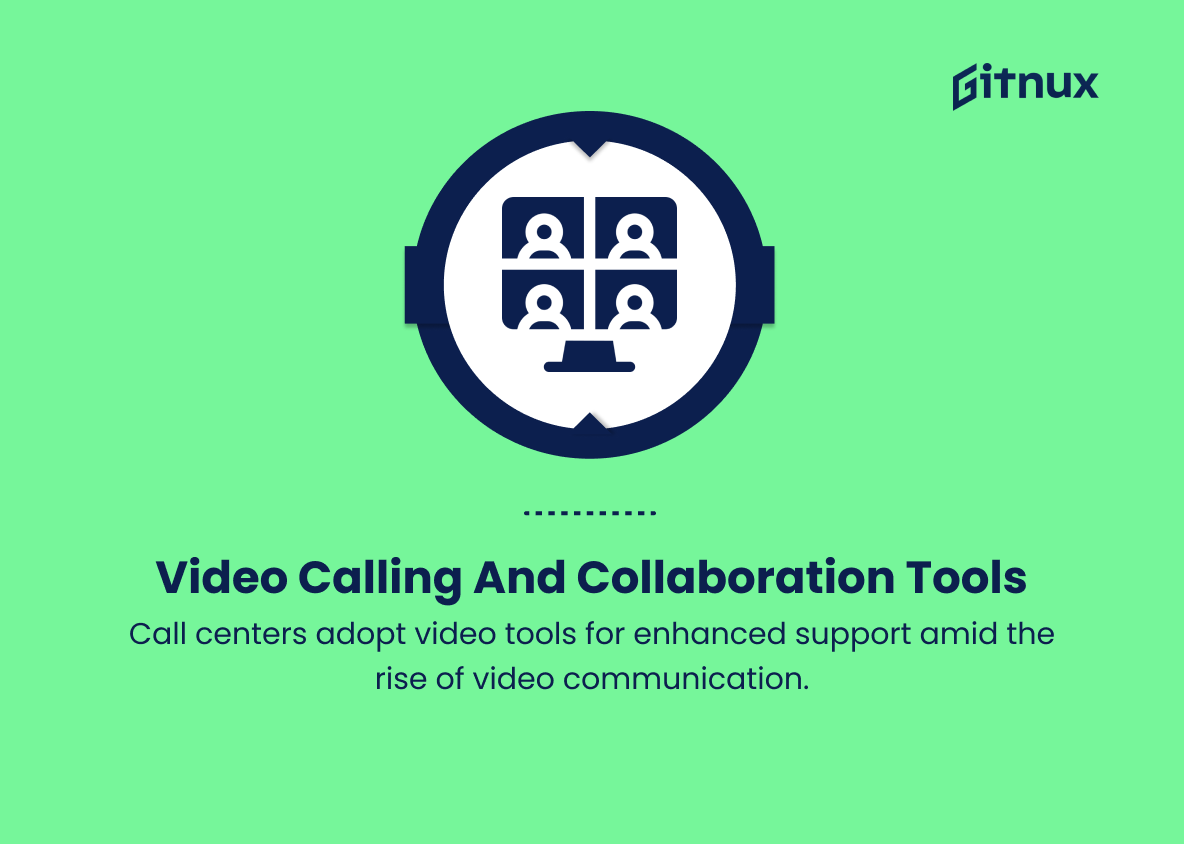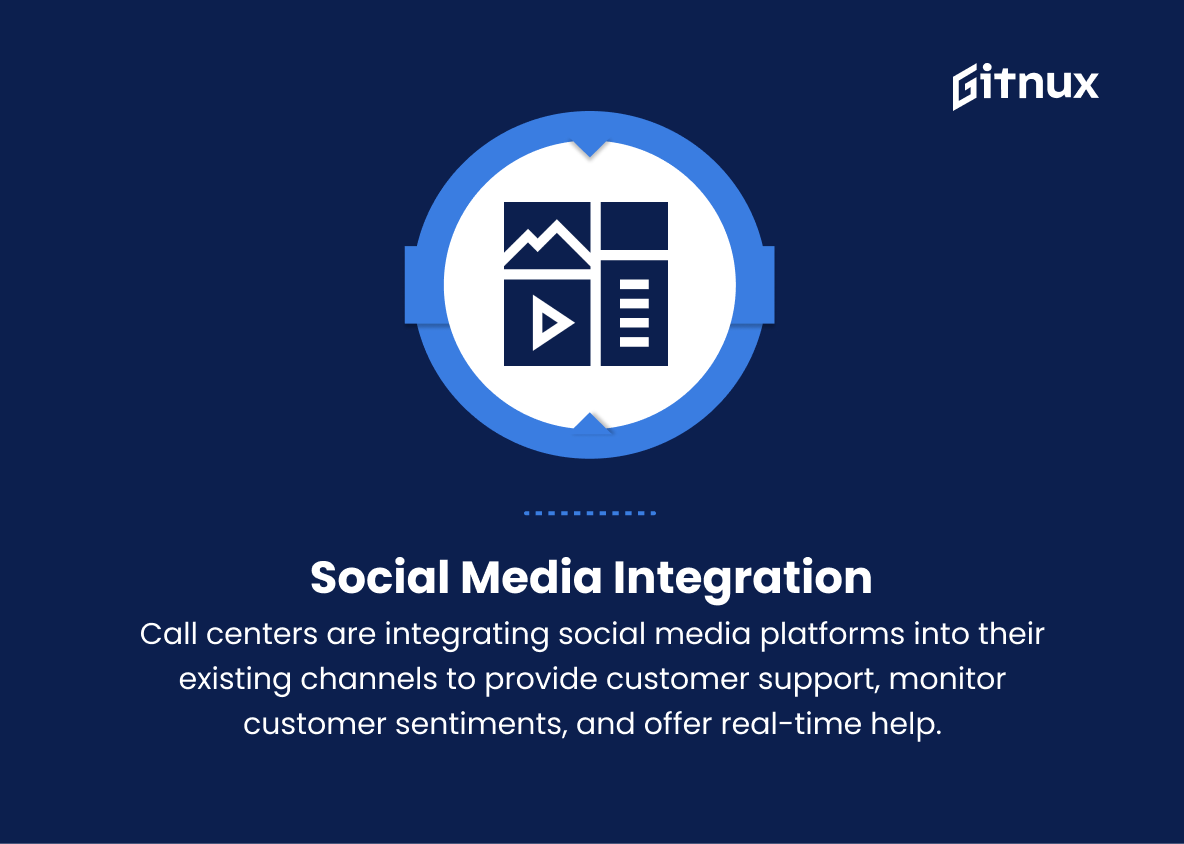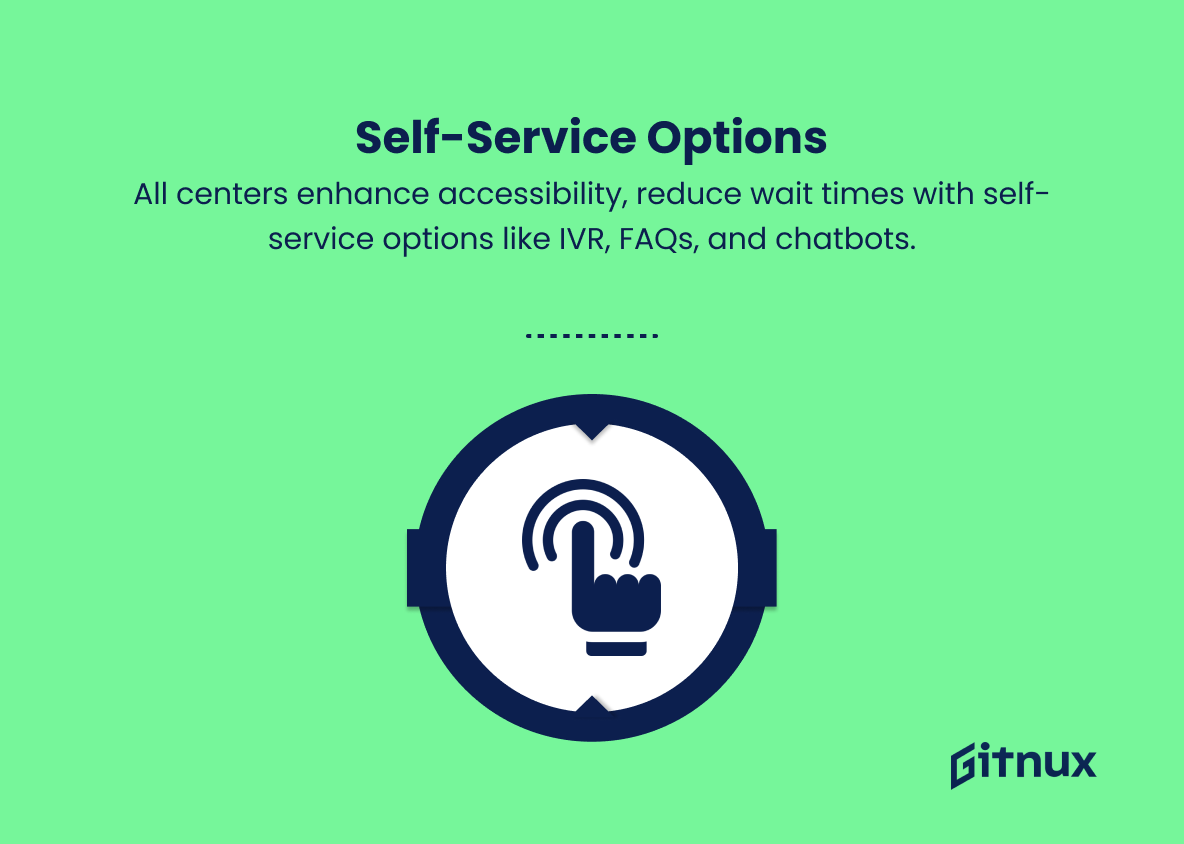As we continue to see rapid advancements in technology and communication, the call center industry is at the forefront of evolution, adapting and transforming to meet the ever-changing needs of businesses and customers alike. Consequently, it’s crucial to keep abreast of the latest industry trends, as they play a significant role in shaping the contact centers of the future. In this blog post, we will delve into the most significant call center trends that are shaping the landscape, including artificial intelligence, omnichannel strategies, remote workforces, and enhanced data security measures. Understanding trends helps businesses provide exceptional customer experiences for long-term loyalty.
Top Call Center Industry Trends
1. Remote work and virtual call centers
The COVID-19 pandemic has pushed companies to adopt remote working policies, leading to the rise of virtual call centers. This trend is likely to continue as companies recognize the benefits of remote work for both employees and employers.
2. Artificial intelligence (AI) and automation
Investment in AI-powered tools and automation technologies continues to increase. This includes AI-based chatbots, automatic call routing, natural language processing, and sentiment analysis to streamline operations and improve customer experiences.
3. Personalization
Call centers are leveraging customer data and analytics to offer personalized experiences, tailoring interactions and offers to suit individual customer preferences and history.
4. Omnichannel communication
Call centers are increasingly embracing an omnichannel approach, providing a seamless experience for customers, whether through voice, email, social media, or instant messaging.
5. Employee engagement and well-being
Organizations are increasingly focusing on employee engagement and well-being by making efforts to reduce burnout, improve work-life balance, and provide better training and development opportunities.
6. Cloud-based call center infrastructure
Cloud-based platforms are gaining popularity due to their scalability, flexibility, cost savings, and ease of integration with other systems.
7. Predictive analytics
Companies are using predictive analytics to analyze customer data, predict future behaviors, and identify trends, allowing them to make informed decisions and improve service levels.
8. Big data and advanced analytics
Call centers collect vast amounts of data during customer interactions. The use of advanced analytics tools is becoming more widespread, allowing companies to gain insights, improve processes, and enhance customer experience.
9. Internet of Things (IoT) integration
Call centers are beginning to integrate IoT technologies to streamline processes, provide real-time information, and enable more efficient communication with customers.
10. Focus on customer experience (CX)
Companies are increasingly prioritizing customer experience as a key differentiator, leading to an increasing adoption of Customer Experience Management (CEM) tools and initiatives in call centers.
11. Video calling and collaboration tools
With advances in video calling technology and an increasing preference for video communication, call centers are incorporating video calling and collaboration tools to provide better support.
12. Security and data privacy
Growing concerns about data privacy and security are driving call centers to invest in advanced security measures to protect customer data.
13. Social media integration
Call centers are integrating social media platforms into their existing channels to provide customer support, monitor customer sentiments, and offer real-time help.
14. Self-service options
As customers become more self-reliant, call centers are expanding self-service options, such as IVR systems, FAQs, and self-help chatbots, to enhance accessibility and reduce wait times.
15. Augmented and virtual reality (AR/VR)
Innovative call centers are exploring the use of AR/VR technologies to enhance training, collaboration, and customer support experiences.
Implications
The call center industry is undergoing rapid transformation, with remote work and virtual call centers gaining traction due to the COVID-19 pandemic. This shift towards a more flexible working environment is expected to continue as companies reap the rewards of improved employee and employer satisfaction. To enhance customer experience, call centers are now embracing an omnichannel approach and focusing on personalization by harnessing customer data and analytics. The advent of AI and automation technologies, such as chatbots and natural language processing, has streamlined operations and improved customer service efficiency.
Simultaneously, a focus on employee well-being and engagement is becoming more prevalent as organizations combat burnout and provide better growth opportunities for their staff. The increasing popularity of cloud-based infrastructure allows for scalable and flexible solutions, while predictive analytics and the use of big data help companies make informed decisions by predicting customer behavior and identifying trends. As IoT technologies find their way into call centers, real-time information and enhanced communication become possible.
The focus on customer experience is driving the adoption of CEM tools and initiatives which prioritize customer satisfaction. In addition to this, video calling and collaboration tools are being integrated to improve overall support, while data privacy and security concerns push companies to invest in robust measures to protect sensitive customer data.
The integration of social media platforms provides a new channel for customer support and sentiment monitoring. Self-service options, such as IVR systems and chatbots, are being expanded to cater to a more self-reliant customer base and reduce wait times. Finally, the introduction of AR/VR technologies in call centers showcases the industry’s ongoing innovative streak, as companies explore their potential for enhancing training, collaboration, and customer support experiences.
Conclusion
In summary, the call center industry is continually evolving to meet the ever-changing demands of businesses and customers. The increasing importance of omnichannel communication, artificial intelligence, and big data analytics will shape the future of call centers, necessitating adaptation and innovation from industry players.
By utilizing the potential of remote workforces and prioritizing employee engagement, call centers can successfully navigate these trends and deliver enhanced customer experiences, ensuring their continued relevance and prominence in the global market. As we move forward, companies in the call center industry must remain vigilant and flexible, adapting their strategies to stay at the forefront of emerging trends and technologies.
